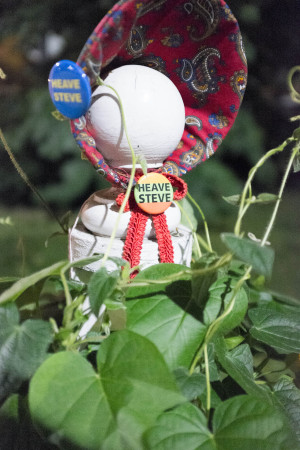During the readout of Vela 6911, AFTEC personnel watched as a stylus drew a figure representing the variations in light intensity, as monitored by the two satellite bhangmeters. There was no data from a third optical sensor, whose mission was to provide the geographic origin of any noticeable flash of light, because it was out of commission. Nor would there be any reading from the satellite’s electromagnetic pulse sensors, which were no longer functioning. But what the technicians saw was sufficient cause for concern. The stylus drew a figure with a double hump, indicating a brief intense flash of light, a dramatic decline in intensity, and then a second, longer-lasting flash. Such double flashes had always been associated with nuclear detonations, where the fireball’s surface is rapidly overtaken by the expanding hydrodynamic shock wave, which acts as an optical shutter and hides the small but extremely hot and bright early fireball behind an opaque ionized shock front which is comparatively quite dim. The initial flash normally lasts only a millisecond and emits about only 1 percent of the total thermal energy, although it is the point of maximum intensity. It appeared that some nation or nations, in some part of the world covered by Vela 6911, had detonated a nuclear device in the atmosphere.
Richelson, Jeffrey T. Spying on the Bomb: American Nuclear Intelligence from Nazi Germany to Iran and North Korea. W.W. Norton and Company; New York. 2007. p. 285 (paperback)

